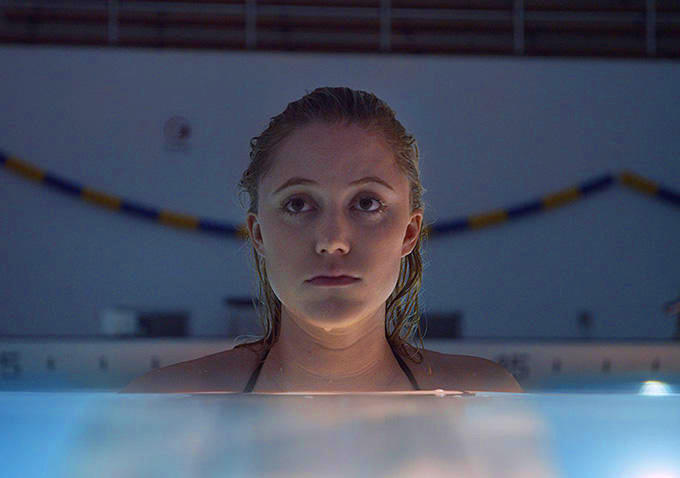 Horror in Society
Horror in Society
Horror movies tend to deal with society through easy to follow metaphors. Jason’s mommy issues, Michael Myers’ rage due to abuse and neglect, Freddy Krueger being a child of rape. The point being that sometimes the driving force, the literal ‘horror’, behind these films isn’t the mostly male killers lashing out but a trauma held only within the mind of our protagonist.
The most popular past examples of this tend to be Sam Raimi’s Drag Me to Hell and more recently, Jennifer Kent’s The Babadook. In DMtH, Raimi explores a horror favorite with an old gypsy setting a curse upon the main character, Christine. The resulting paranoia, sleeplessness, and hallucinations have been interpreted by many as an eating disorder that Christine is suffering from. In The Babadook, Amelia is coping with the loss of her husband and having to raise an emotionally dysfunctional boy on her own. These two films really redefine the Final Girl trope common in many scary movies. Christine and Amelia aren’t the last to survive a massacre; the massacre is their everyday life and the mental and physical prowess they now must embody just to get through the day.
The days of a singular monster or killer has morphed into an ad hoc plot device to explore bigger issues than fear. It’s no longer scary enough to be confronted with a menace out for blood; it’s now the unseen horror which never shows itself, always present but never actually seen except by the afflicted, that terrifies the viewer.
The Mental Monster
It Follows sets itself up as a genre film, not balking at its normal surroundings. Set in a nowhere suburb just outside of Detroit city limits, the carefree attitude of the main character, Jay, is apparent but with an undercurrent of something terrible soon to come, as terrible things are wont to do. After a sexual encounter with her boyfriend, Jay finds that she is now the recipient of a ‘follower’ with only one intent: to kill her. The only way to rid herself of said follower is to pass it along to someone else by having sex with them. The problem is that it’s hard for anyone to believe her as the ‘follower’ is only visible to past and present victims. At first, this seems to be a clear metaphor for sexually transmitted diseases and the carelessness of youthful, sexual endeavors. Deeper issues lurking beneath the surface soon come to light with the revelations that Jay’s father is no longer around and her mother is working and drinking herself to death while Jay and her band of latchkey kids fend for themselves most of the time.
During the climactic third act, Jay and her friends sequester themselves at an indoor pool in the middle of a rain storm. They have set up various electrical appliances to trap the follower into getting electrocuted. The follower shows up and is in the form of Jay’s absent father, which she refuses to reveal. The importance of this tells us that Jay may have fallen victim to past sexual abuse at the hands of her father. The real horror is suddenly shaken into view with this subtle twist and gives a weight to everything leading up to the scene. The underlying fear brought on by a history of abuse does much to explain the uneasiness with which Jay carries herself after her sexuality begins to blossom. Her disconnected nature may point to a fear of not wanting what she knows may be a good thing: a fear of happiness. Self-sabotage is apparent in some abuse victims and living with it day-to-day can seem near impossible at times. The sparse score, reminiscent of old Carpenter flicks, aids in creating an uncomfortable environment while the slow tracking shots call back to 1970’s horror motifs.
The film excels in nurturing its setting and allowing the subtext to peak through at just the right moment. Much like The House of the Devil and The Conjuring, which pride themselves on atmospheric slow builds, It Follows is very similar. The difference comes from what is being built up. The demons of this new strain of horror are very real but take the form of mental illness and abuse. The only thing scarier than an actual monster is the monster that no one else can see.
Image courtesy of RADiUS-TWC





[…] the screening, I was reminded fondly of It Follows, another great genre horror from a few years ago. The static establishing shots, the eerie silences […]